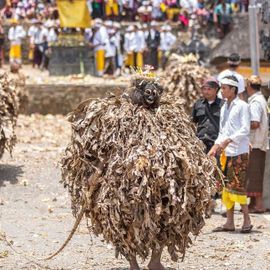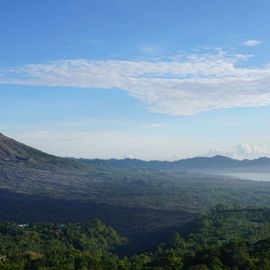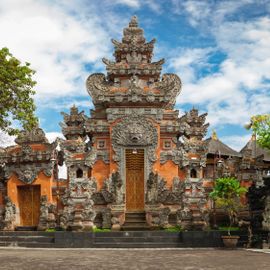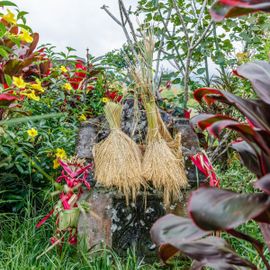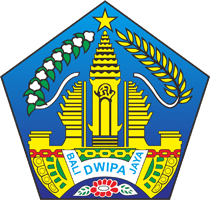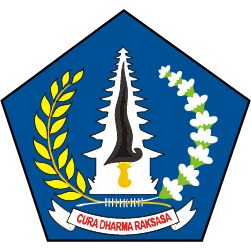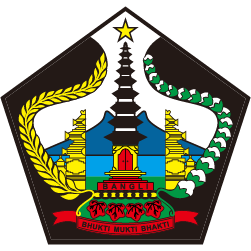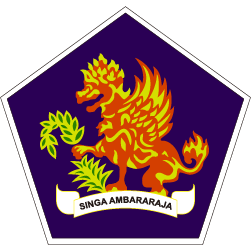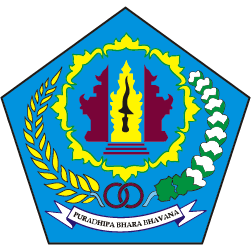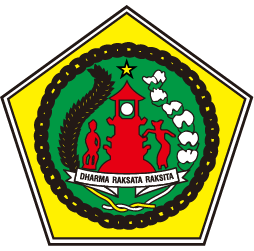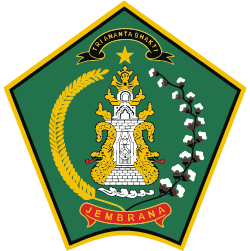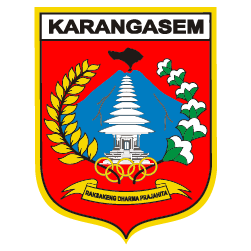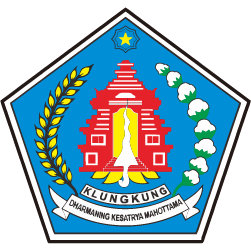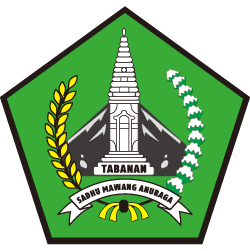Are You Brave Enough Trying The Whip In Ratu Brutuk Tradition?
Are You Brave Enough Trying The Whip In Ratu Brutuk Tradition?.
What tourist’s attractions do you usually watch during your stay in Bali? Most people will answer Kecak dance perhaps, while watching the magical sun goes down with the beautiful beach as complentary. But apparently, Bali is not only famous for its Kecak dance. There are many other unique and interesting traditions that you must see too. Especially if you are in the Kintamani area, Bangli Regency. Discuss your travel schedule with the local tourism agenda so you can watch the unique Ratu Brutuk Tradition found in only one place in Bali, Trunyan Village.
The Origin of Ratu Brutuk
The Ratu Brutuk dance in Trunyan was held when Purnama Kapat Lanang and Purnama Kapat Wadon. Purnama Kapat Lanang means the dance is performed every two years, while Purnama Kapat Wadon means it is performed every year.
This sacred dance has a philosophy of the meeting of purusa and pradana. In other words, the meeting of men and women as a process in human life. The Trunyan community believes, this circumstances will bring fertility and natural welfare along with everything in it. Ratu Brutuk is a symbol of the guardian of Ratu Sakti Pancering Jagat and Ratu Ayu Dalem Pingit Dasar. Initially, Ratu Sakti was a traveler from the Solo Dalem Kingdom. On his way, Ratu Sakti fell in love with Ratu Ayu Dalem and intended to marry her. Ratu Ayu agreed, but proposed several conditions to Ratu Sakti, those were to become a ruler of her people and be able to help them by granting all their requests except asking for wealth.
One time, Trunyan Village was hit by an epidemic of skin diseases. Residents then asked for healing to Ratu Sakti. The healing process was in the form of whiping the skin disease sufferer’s body by the truna (young man). Later, it becomes a tradition by the Trunyan people until this day. However, this dance is usually performed by a native Trunyan youth at the age of 15-25 years who is not married yet and pass through some of the sacred requirements (purification process).
These truna will walk around the temple while wearing robes from dried banana leaves. They wear a special mask and bring a whip. The whip is made of palm fibers with a length of six to seven meters. They usually take a walk around the temple and whip anyone who wants to enter the temple and break the prescribed limits. In the meantime, the audience of ceremonial participants will begin to approach the Truna and try to steal the banana leaves from their robes. It is believed that the banana leave is a symbol of blessing of Ratu Sakti. It will give healing for the sick people and bring fertility to the community’s rice field.
This ritual is usually conducted for two days. Uniquely, there is no exact number that determines how many Truna will go down to guard the temple. Usually, on the first day the amount of Truna will be 19 people while on the second day can be 21 people. It depends on how many masks they can use. This determination was not carried out randomly. According to their belief, the mask used has been around since ancient times and it was not made by human hands.
Are you interested in seeing the tradition of Ratu Brutuk directly? Don't forget to use sunblock and bring your sunglasses before you go there because you will definitely go around the outer temple area during the day. You might even run around to avoid the whip lashing of Ratu Brutuk dance. So plan your trip to this village to admire the mystical experience of this Barong Dance.
